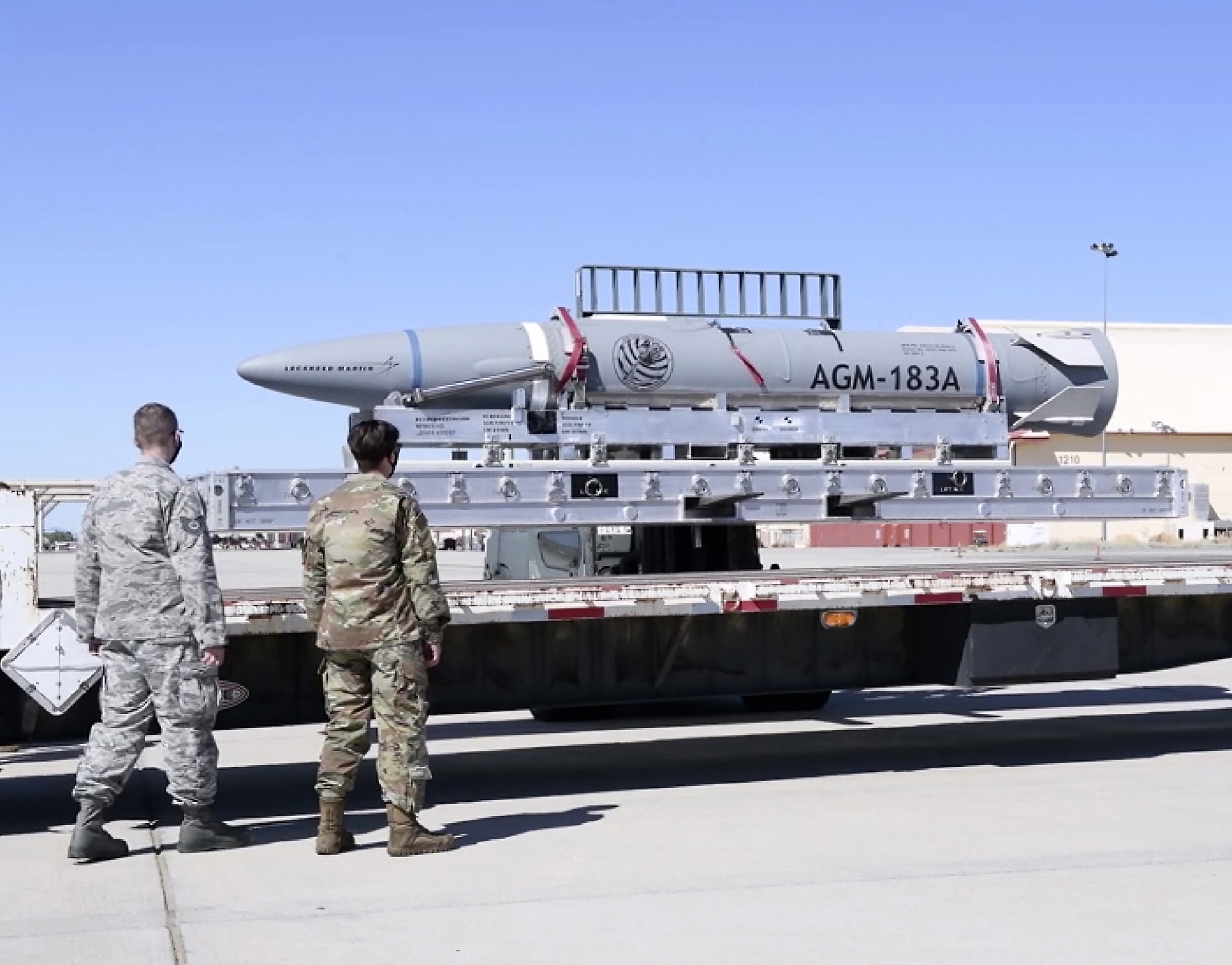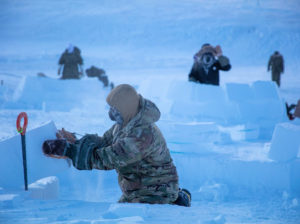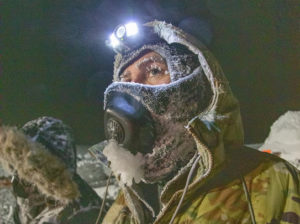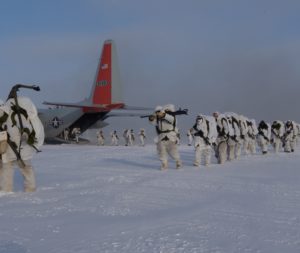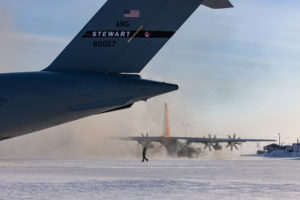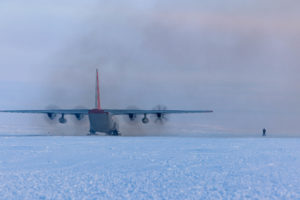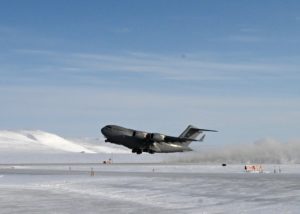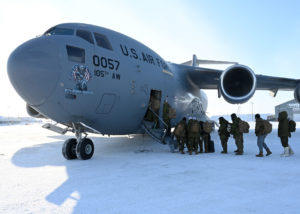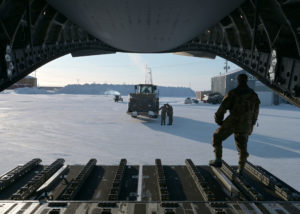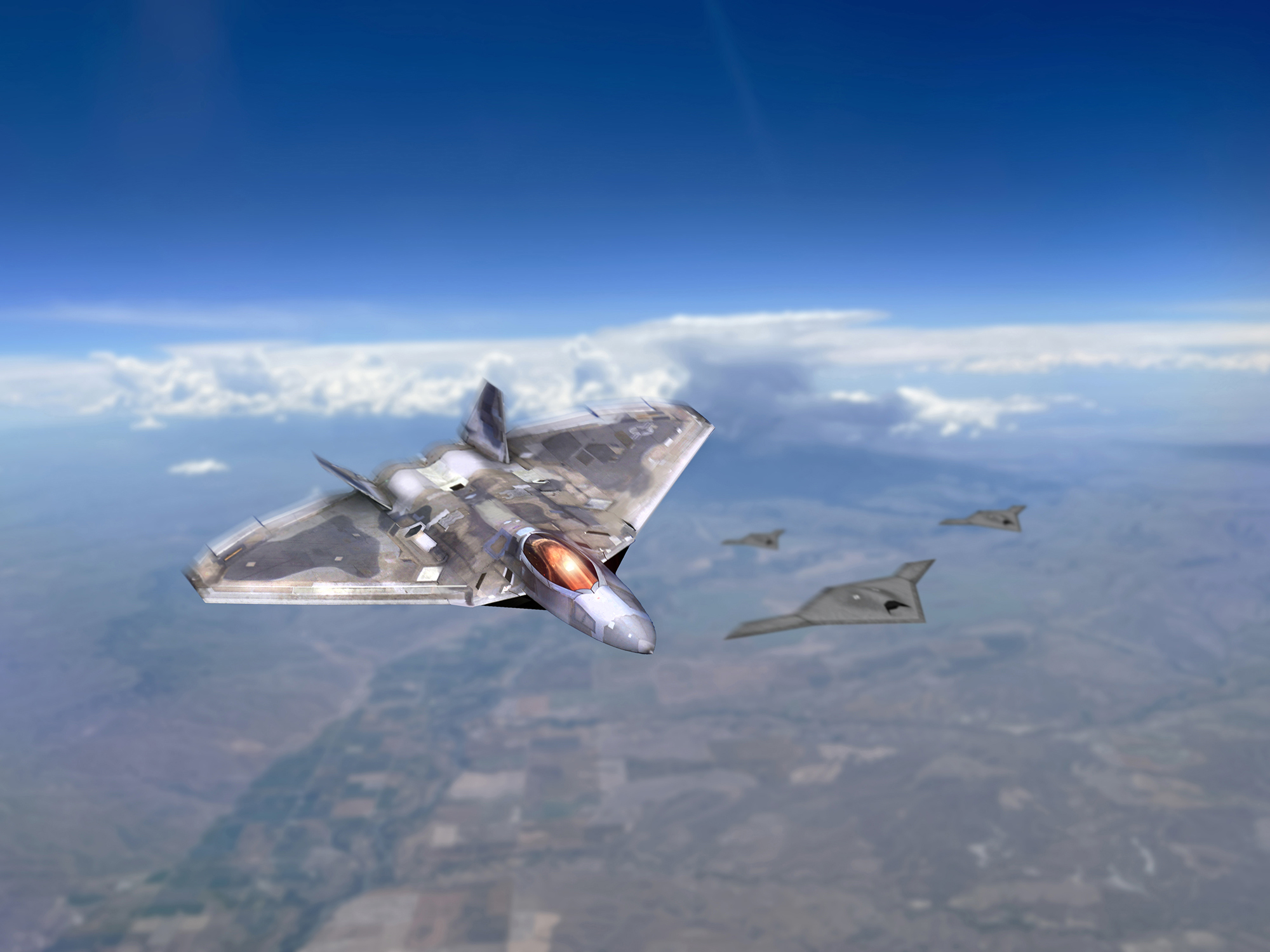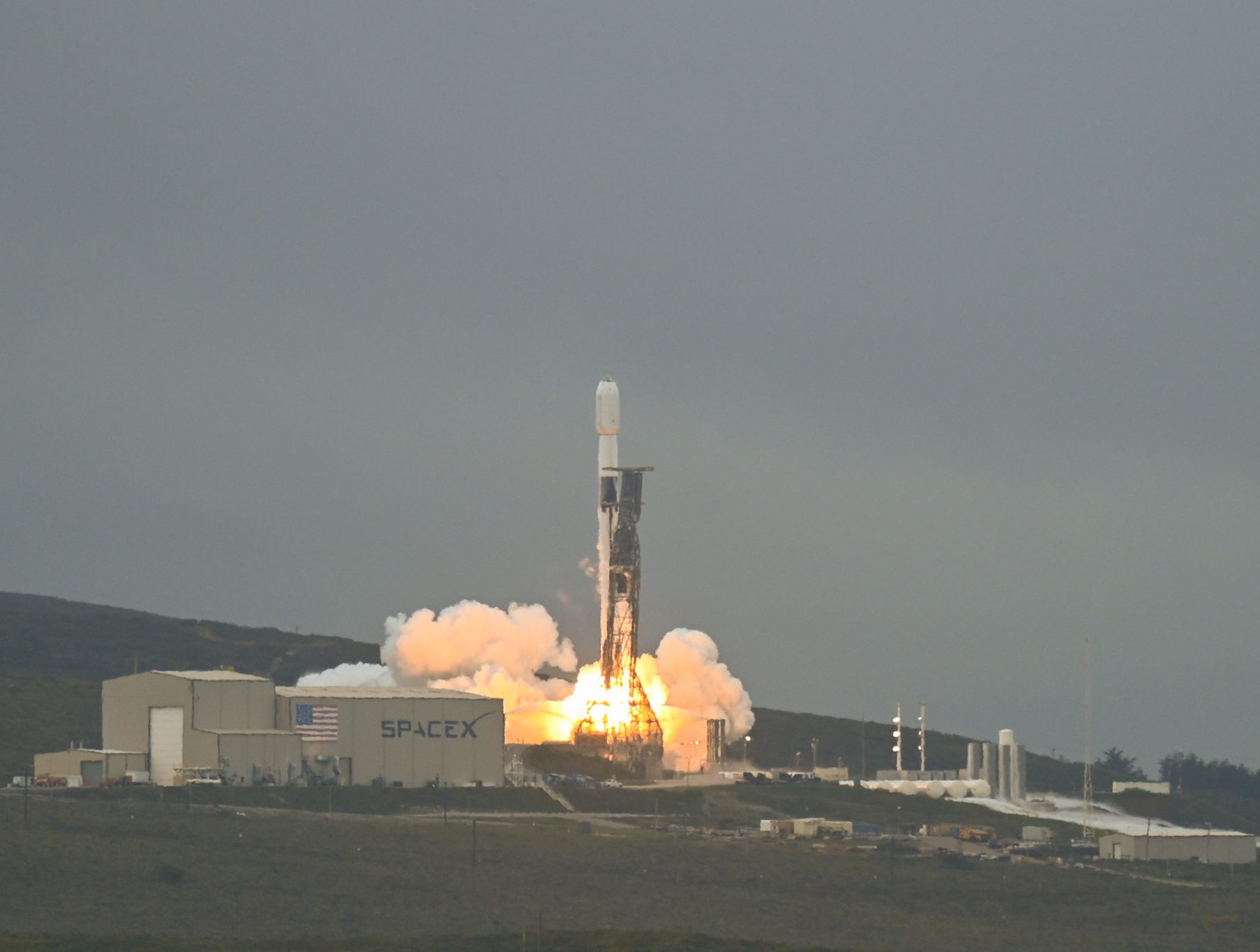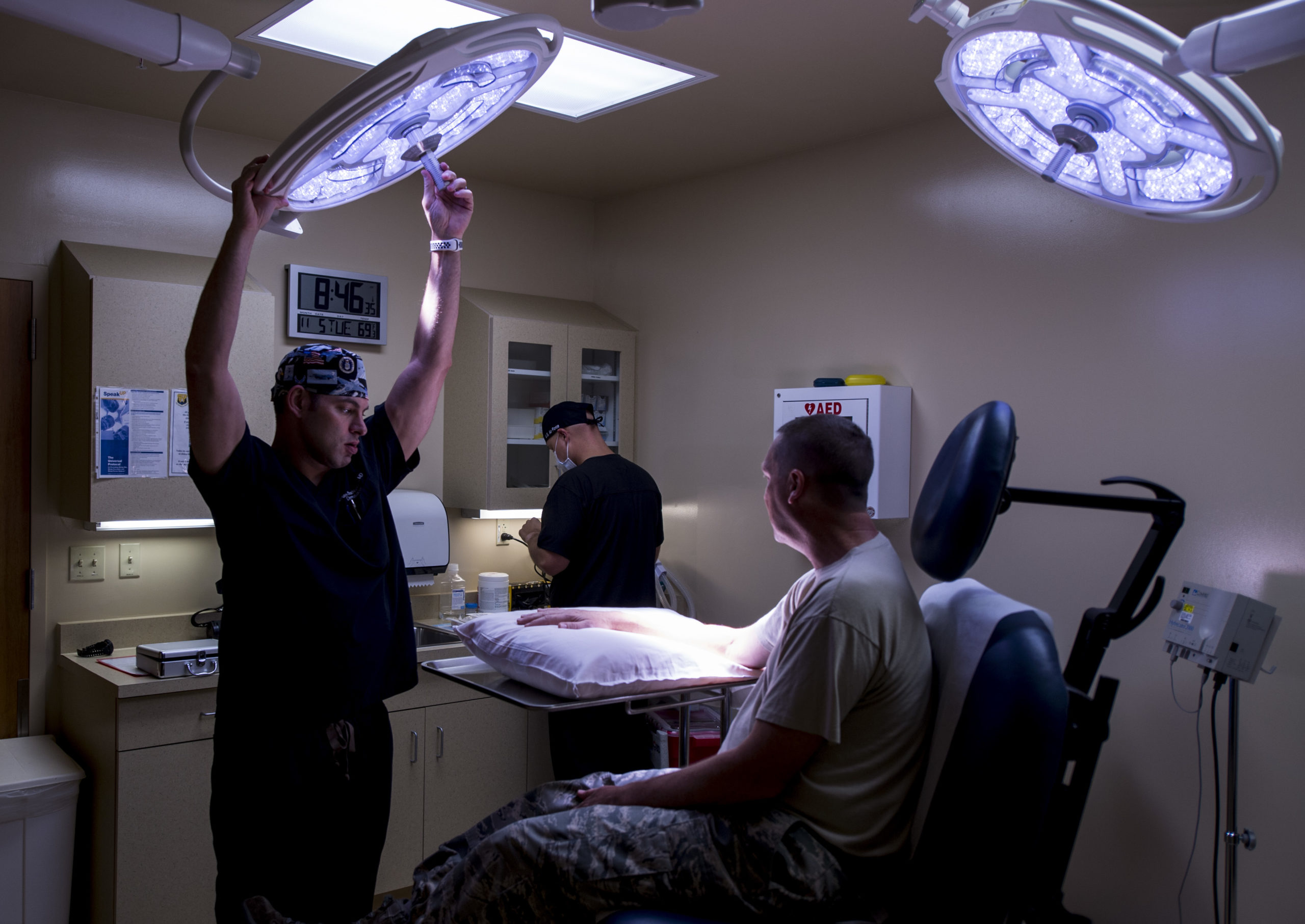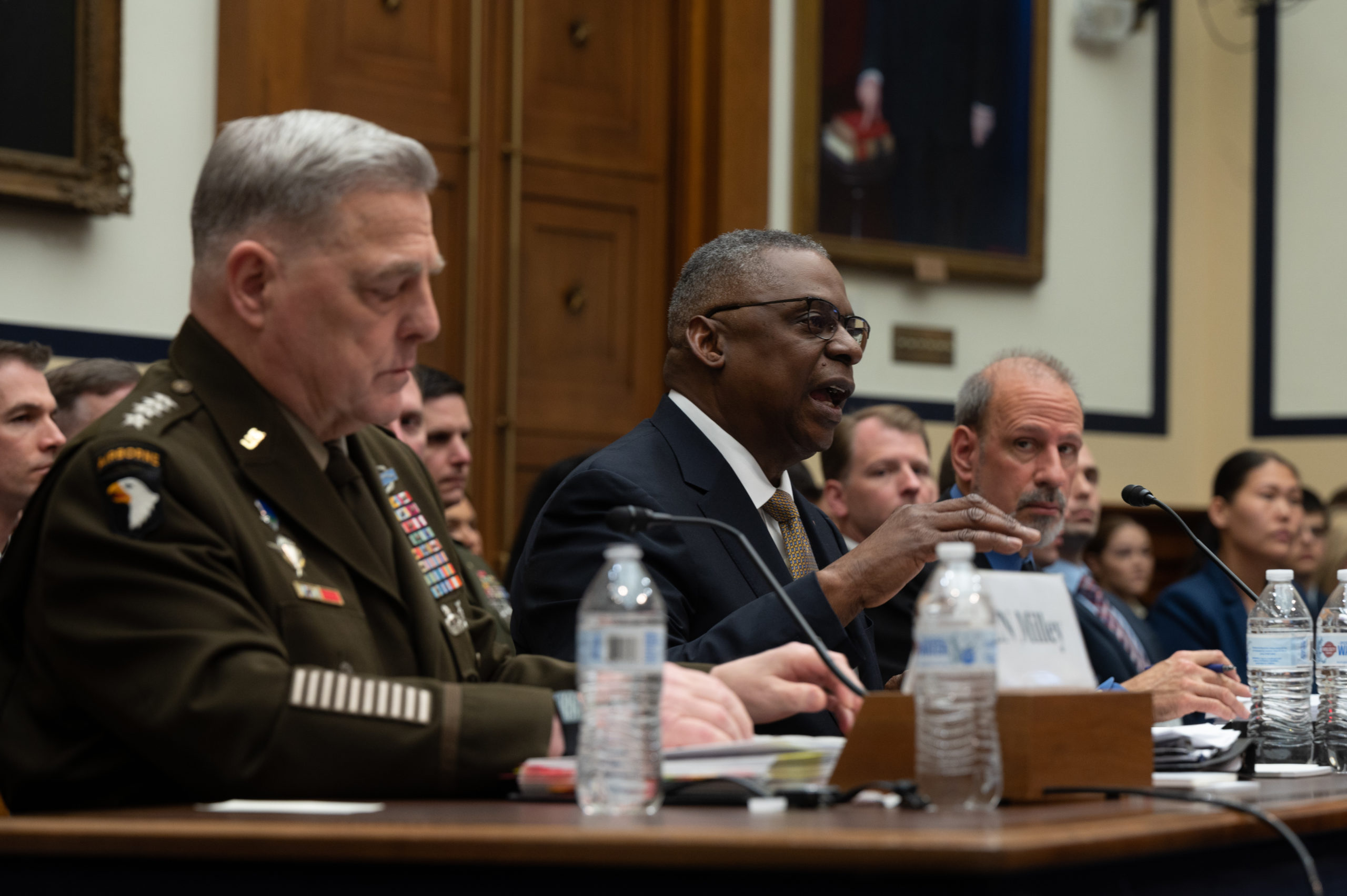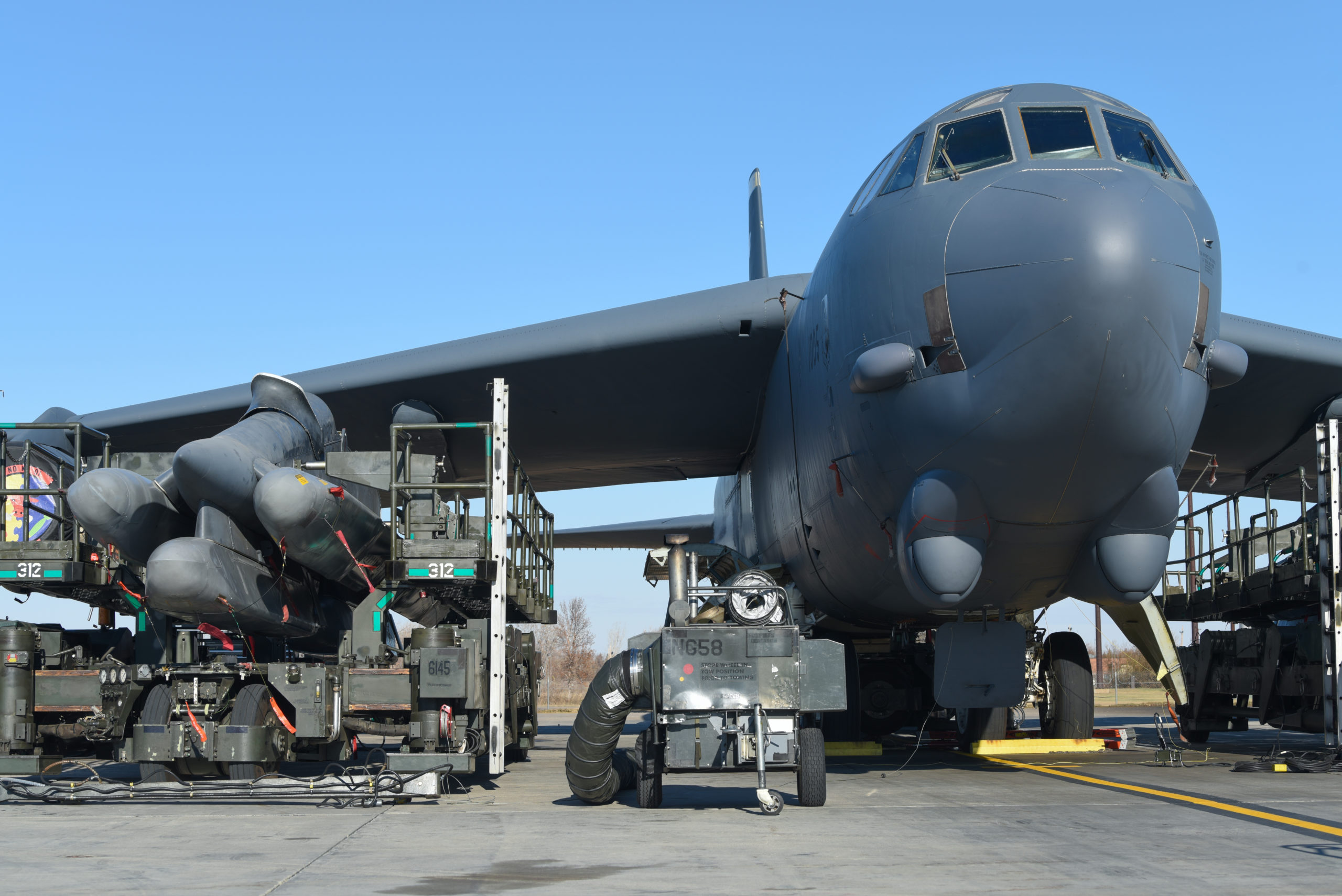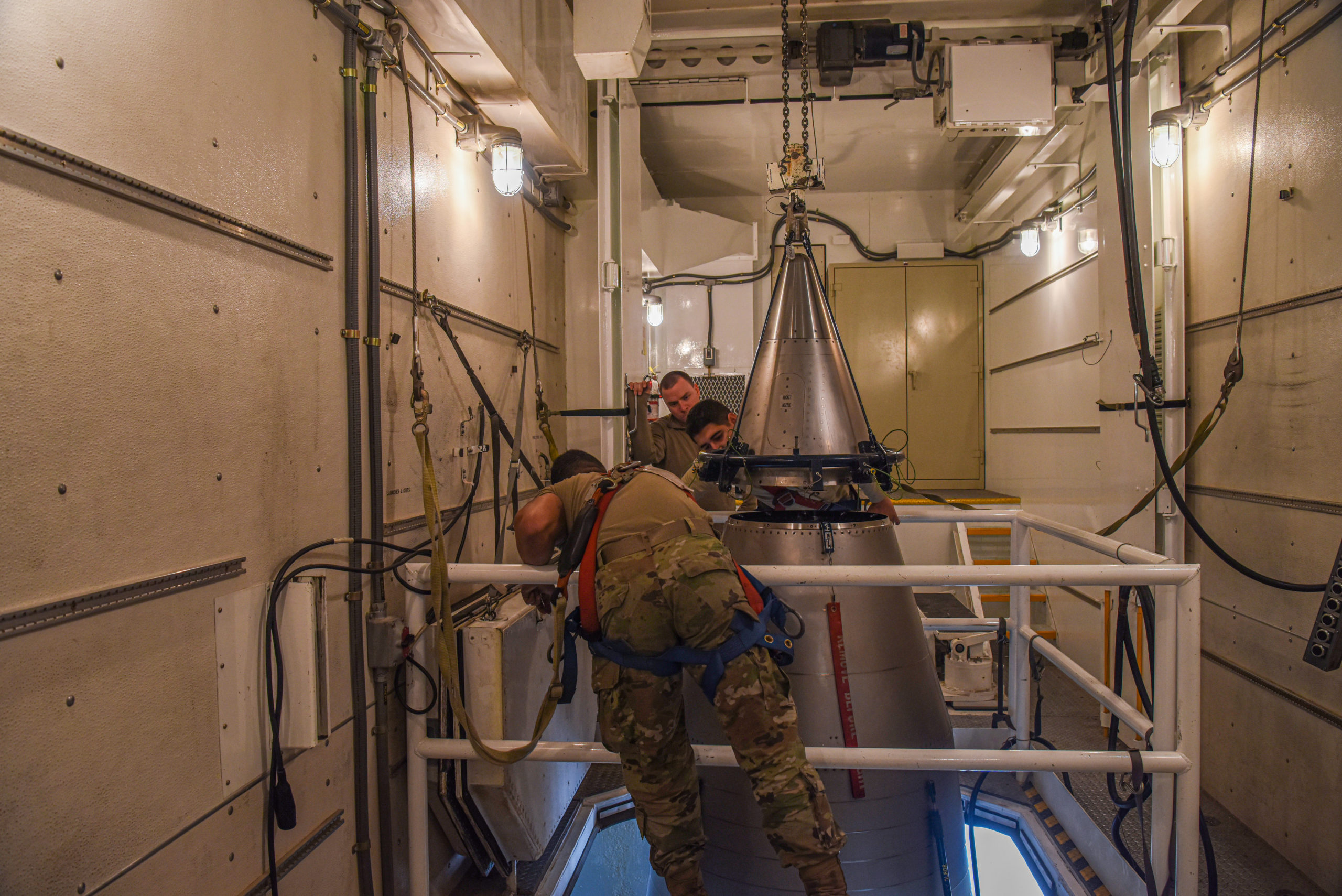The AGM-183 Air-Launched Rapid Response Weapon (ARRW) program will end after test flights of the last two developmental missiles, Air Force acquisition executive Andrew Hunter told the House Armed Services Committee on March 29.
Hunter’s declaration came just a day after Air Force Secretary Frank Kendall said the service has shifted its hypersonic weapon focus from ARRW to the Hypersonic Attack Cruise Missile.
The Air Force “does not currently intend to pursue follow-on procurement” of ARRW, Hunter wrote in testimony prepared for his appearance before the HASC tactical aviation panel. The missile, built by Lockheed Martin Missiles and Fire Control, was not discussed during the actual hearing.
Even so, “there is inherent benefit to completing All-Up Round (AUR) test flights … to garner the learning and test data that will help inform future hypersonic programs and potential leave-behind capability,” Hunter wrote.
The fiscal year 2024 Air Force budget request includes $150.3 million in research, development, test, and evaluation funding to “complete” the ARRW program, Hunter noted.
Mark Lewis, head of the National Defense Industrial Association’s Emerging Technologies Institute and a national expert in hypersonics, told Air & Space Forces Magazine the service shouldn’t abandon the ARRW’s boost-glide hypersonic technology but perhaps should shift these efforts back to the Defense Advanced Research Projects Agency in hopes of developing a future capability.
“We are going to finish ARRW testing, then we are going to make a procurement decision, but right now we do not have any money planned in the five0year budget for ARRW,” an Air Force spokesperson said.
Neither Hunter nor the spokesperson offered a specific reason as to why the ARRW will not be pursued.
Asked for comment, a Lockheed Martin Missiles and Fire Control spokesperson said the company “remains committed to developing hypersonic technology on an accelerated timeline to meet this critical national security need. Through flight test discoveries, and with our applied learning, we will continue to further hypersonic capabilities.”
In its budget justification documents, the Air Force said 2024 activities on the ARRW program include “contract closeout,” finalization of documentation and analysis, “and activities to support the leave-behind capability.”
Appearing before the House Appropriations Committee on March 28, Kendall said “we’re more committed to the HACM at this point in time than we are to ARRW.”
Kendall’s remarks were framed by a discussion of the latest ARRW test—the second of the operationally configured system—which he characterized as “not a success” because data from the event was lost or not collected. Kendall said program engineers are “trying to understand what happened.” There are two more missiles available for testing, and “there may be some leave-behind capability,” Kendall said.
The ARRW managed a successful all-up test Dec. 9, which Kendall called “a very successful flight, which was a big step forward,” but the missile has struggled with spotty performance in testing. There were three failed tests in 2021 before a success in 2022.
ARRW was launched as a quick-and-dirty response to hypersonic missiles already fielded by China and Russia, under “mid-tier acquisition” authorizations from Congress by which some of the normal bureaucratic prototyping steps can be skipped or streamlined. The missile is a boost-glide weapon which is accelerated to hypersonic speed by a rocket, at which point the hypersonic vehicle separates and glides to its target.
The HACM, meanwhile, is an air-breathing cruise missile. Raytheon won the contest to build the HACM last year, using an engine built by Northrop Grumman, based on technology explored under the Hypersonic Air-breathing Weapon Concept (HAWC) program led by the Air Force and theDefense Advanced Research Projects Agency.
Kendall said the Air Force has money in its five-year plan “to move HACM forward,” as the technology underwriting it “has been reasonably successful.” Because the HACM is smaller than ARRW, it can be carried on more kinds of aircraft “and give us more combat capability, overall,” Kendall said. The ARRW would only have been employable from bombers due to its size.
The Air Force is requesting $382 million for HACM in 2024, Hunter wrote in his prepared testimony. That money would fund “critical design” and maturing of the “digital ecosystem” needed to verify the design, as well as flight test hardware in preparation for a flight test in fiscal 2025, he wrote. All this would enable procurement by fiscal 2027, he added.
Kendall left the door slightly open to further work on ARRW, telling lawmakers that if the final test flights are successful, “then we’ll revisit it … as we build the [2025] budget and see what will be done in the future.”
Lewis, former head of defense research and engineering and former Chief Scientist of the Air Force, said he was disappointed by the Air Force’s decision to terminate ARRW.
While the Air Force’s “strong focus” on HACM is “absolutely correct” because of its applicability across a wider portion of the force, the ARRW would have given the Air Force a longer-range and heavier striking option, Lewis said, adding that a boost-glide weapon is harder for enemy air defenses to stop.
“I’ve always likened it to the F-15/F-16 high-low mix,” he said, with a great number of HACM-like “air breathers” playing the F-16 role—“they’re less expensive, you can launch a lot of them”—but still having some of the heavier, more expensive ARRW-like boost-glide weapons for particularly hard targets.
“I’d like to have both, but if you put a gun to my head and told me to choose, I’d choose the HACM,” he said. “Depth of magazine really matters.”
Lewis added that he wasn’t surprised ARRW has had test problems because “I think people underestimate how hard it is to actually build a tactical-scale rocket/boost-glide system.” A boost-glide system is extremely difficult to sort out and something DARPA should potentially re-engage with, Lewis said.
“It’s exactly the sort of problem DARPA was designed to solve,” he added.
While Lewis said he is not privy to the reasons why the most recent ARRW test failed, he noted that in development programs, there are “noble failures, when things don’t work because you genuinely didn’t understand the physics; you made a mistake in the engineering, but it’s all good because you needed to learn more,” and then there are “stupid failures, where the fin falls off or the booster doesn’t light or whatever.”
“I hope we wouldn’t cancel something because of a stupid failure,” he said.
The demise of ARRW also worries Lewis because it may send an awkward message to industry and development programs generally.
“One of the things I worry about are the overall signals that we give to the community,” he said. “On the one hand, we say, ‘You’ve got to be allowed to fail. You’ve got to fail early and fail often.’ But as soon as someone fails, we cancel their program.”
